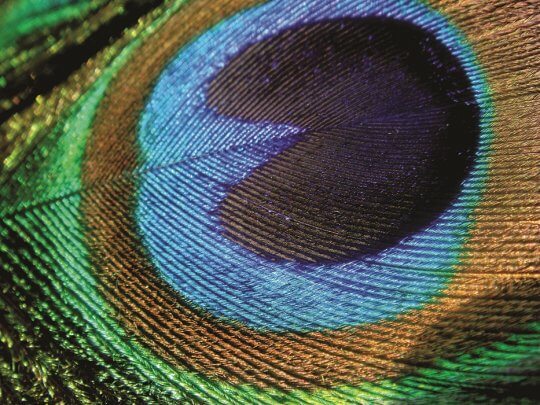
The Netherlands: Community designs colourful even in black and white
07 December 2015, The Hague

In this case between Wibit-Sports GMBH and Aquaparx c.s., the District Court in The Hague followed the General Court’s earlier ruling (Case T-68/10 Sphere Time v OHIM) that a registered Community design (‘RCD’) registered in black-and-white protects the owner against use of that design in any colour.
Wibit-Sports, a company that produces inflatable water sports products, is the owner of various RCDs. The subject of the case was whether the use of various inflatable water toys by Aquaparx infringed the designs or copyrights of Wibit-Sports, or alternatively, constituted slavish imitation.
Aquaparx claimed that the RCDs asserted by Wibit-Sports were invalid due to lack of novelty and individual character. However, Aquaparx’s defence deflated when the Court ruled that the prior designs presented by Aquaparx created a different overall impression on the informed user. The argument that the designs of the water toys were solely dictated by technical function – namely to keep them afloat – was also rejected by the court. As a result, the validity of Wibit-Sports’ RCDs was upheld.


Furthermore, the District Court ruled that almost all of Aquaparx water toys infringed the RCDs of Wibit-Sports. Some examples are depicted throughout this article with the RCDs on the left and the infringing water toys on the right in each case. Aquaparx’s argument that the alleged infringing products created a different overall impression due to the actual products of Wibit-Sports using different colour combinations failed because when assessing design infringement, only the RCD alone should be compared with the alleged infringing product. Aquaparx’s defence that it used distinctive colours for its water toys which differed from the colourless RCDs was also rejected by the court, which made clear that a colourless RCD protects that design in all colours.
Comment
This marks a significant difference between Community trade marks and RCDs. Even though the common belief was that the scope of protection of black-and-white trade marks would extend to all colours and colour combinations, OHIM has made clear that it applies a “what you see is what you get” approach which means that the protection afforded to the trade mark is as it is registered. Trade marks filed in black-and-white are generally only protected as such and the scope of protection does not extend to all colours.
Originally published in DesignWrites 7th Edition.








